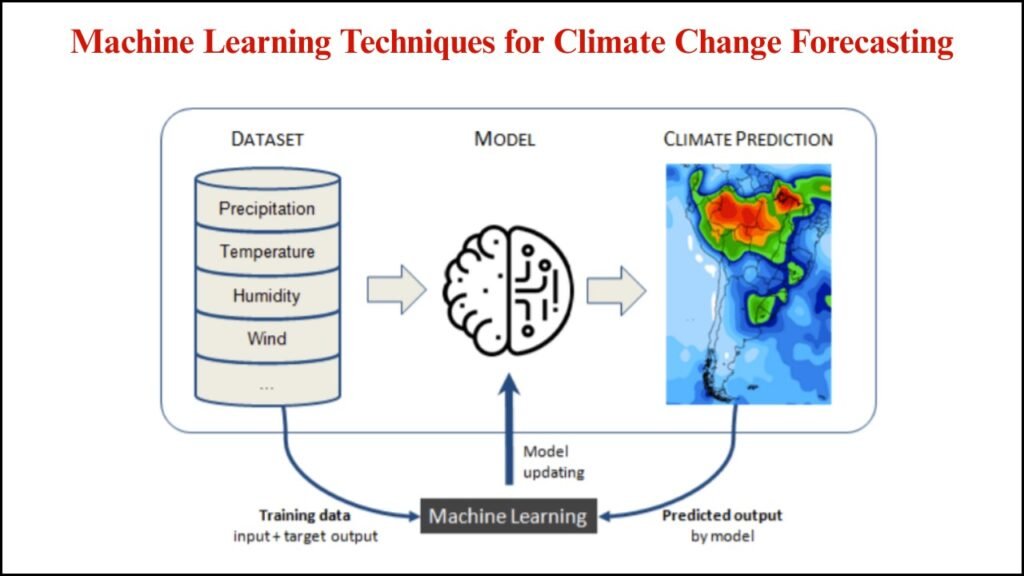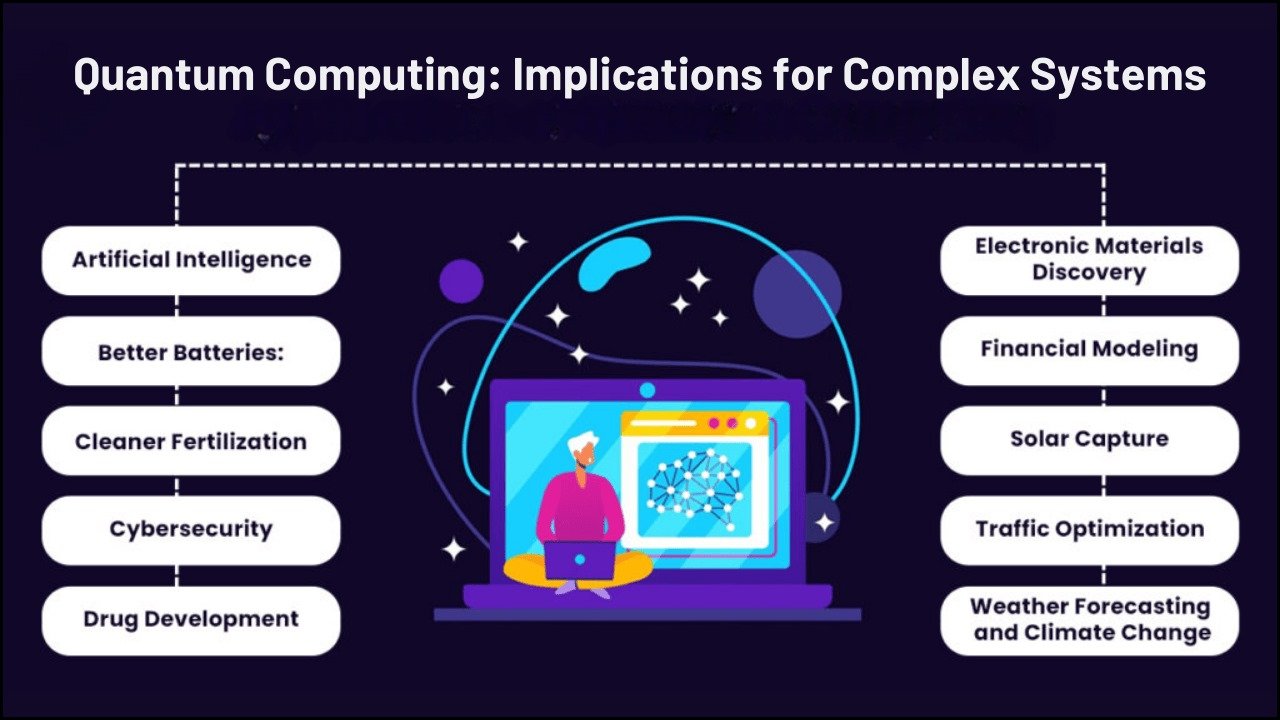
Climate change is one of the most pressing challenges facing the world today. Accurate forecasting of climate patterns is essential for mitigating its effects and planning sustainable strategies. Traditional climate models, while effective, often struggle to process the massive and complex datasets generated by environmental systems. Machine learning (ML) techniques offer a transformative approach, enabling precise climate predictions, early warnings, and informed decision-making.
Table of Contents
Understanding Machine Learning in Climate Forecasting
Machine learning involves training algorithms to identify patterns and make predictions based on historical and real-time data. In climate science, ML models analyze temperature records, precipitation patterns, atmospheric data, and satellite imagery to forecast future climate events. By leveraging large datasets, machine learning can detect subtle trends that traditional models might overlook, improving both the accuracy and timeliness of predictions.
Key Machine Learning Techniques for Climate Forecasting
1. Regression Analysis
Regression models, including linear and non-linear approaches, predict climate variables such as temperature, rainfall, and sea-level rise. These models are often the foundation for more complex ML techniques and help quantify relationships between environmental factors.
2. Decision Trees and Random Forests
Decision trees classify data based on specific criteria, while random forests combine multiple trees to improve prediction accuracy. These models are useful for identifying factors contributing to extreme weather events and assessing climate risks.
3. Neural Networks
Deep learning neural networks can process large volumes of spatial and temporal data, making them ideal for forecasting complex climate patterns. Convolutional neural networks (CNNs) analyze satellite imagery, while recurrent neural networks (RNNs) handle sequential climate data like temperature and precipitation trends.
4. Support Vector Machines (SVM)
SVMs classify data points by finding optimal boundaries between different outcomes. In climate science, they are employed to distinguish between normal and extreme weather events, aiding in early warning systems.
5. Ensemble Learning
Ensemble methods combine multiple models to enhance prediction reliability. By leveraging different ML techniques, ensemble learning reduces errors and increases the robustness of climate forecasts.
Applications of Machine Learning in Climate Science
| Application | Purpose | Benefits |
|---|---|---|
| Extreme Weather Prediction | Forecast hurricanes, storms, and floods | Early warnings and disaster preparedness |
| Temperature and Rainfall Forecasting | Predict seasonal changes | Improved agricultural planning and resource allocation |
| Sea-Level Rise Modeling | Estimate future sea levels | Coastal protection and urban planning |
| Carbon Emission Analysis | Monitor emission trends | Support policy-making and climate mitigation |
| Ecosystem and Biodiversity Monitoring | Track habitat changes | Aid conservation strategies |
Challenges and Considerations
While machine learning enhances climate forecasting, several challenges remain:
- Data Quality and Availability: Inaccurate or incomplete datasets can compromise predictions.
- Model Complexity: Highly complex models require significant computational resources.
- Interpretability: Some ML models, especially deep neural networks, function as “black boxes,” making their predictions harder to explain.
- Dynamic Climate Systems: Rapidly changing environmental conditions can reduce model reliability if not continuously updated.
Future Outlook
Machine learning is set to play an increasingly important role in climate science. The integration of ML with Internet of Things (IoT) sensors, satellite observations, and high-performance computing will enhance real-time forecasting capabilities. Additionally, hybrid models combining machine learning with traditional climate models can offer both interpretability and precision, empowering policymakers, scientists, and communities to take proactive measures against climate change.
FAQs
Q1: How does machine learning improve climate change forecasting?
A1: By analyzing large datasets, ML detects complex patterns and trends that traditional models might miss.
Q2: What are common machine learning techniques used in climate science?
A2: Techniques include regression, decision trees, neural networks, support vector machines, and ensemble learning.
Q3: What challenges do ML models face in climate forecasting?
A3: Challenges include data quality issues, model complexity, interpretability, and dynamic climate conditions.





